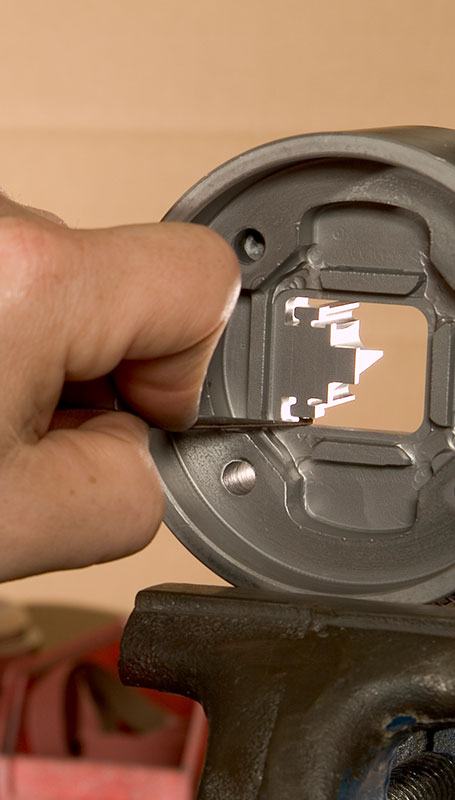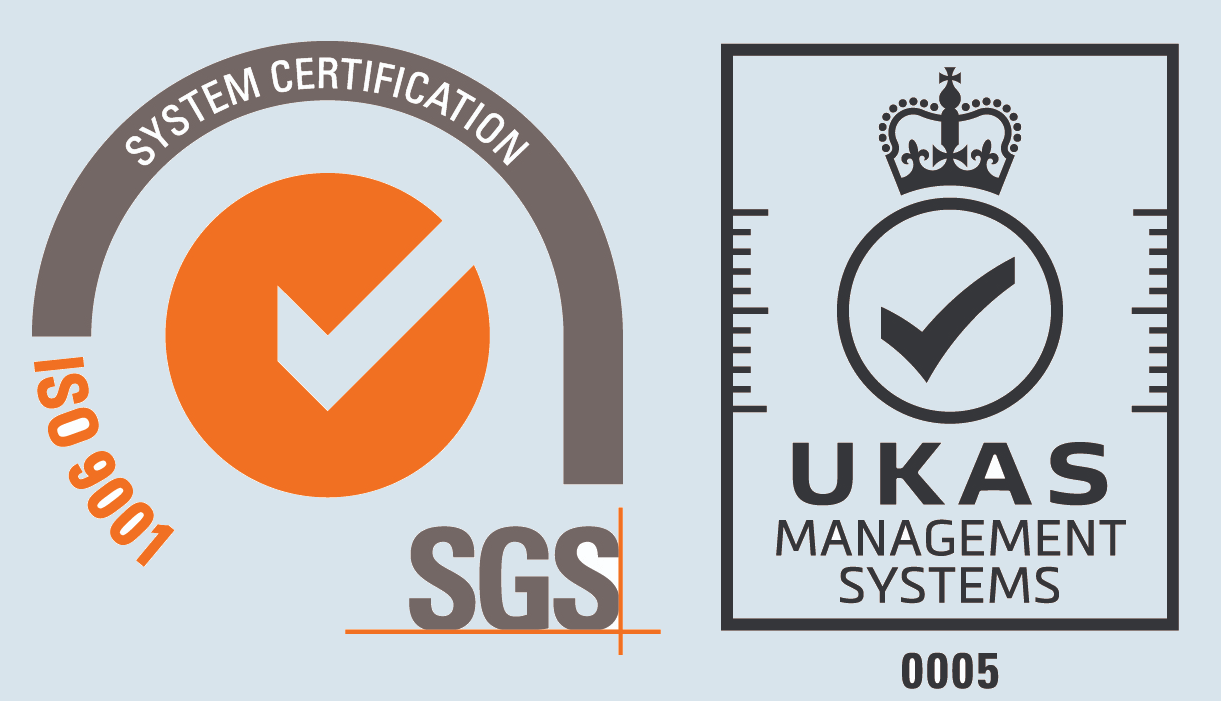
1050A Alloy Data Sheet
Introduction
Aluminium Alloy 1050A has moderate strength and can be used in extrusions where high ductility and corrosion resistance is important. It generally gives a bright finish.
Applications
Alloy 1050A is known for its electrical conductivity and can be used for; automotive trim, chemical and food industry equipment, light reflectors and strips for heat exchangers.
1050A Aluminium Alloy Data Sheet
Properties given are typical and should only be used for comparisons of alloys. Actual values will depend on section specification.
| Forming | Good | |
| Machining | Poor | |
| Welding | Good | |
| Brazing/Soldering | Good | |
| Protective Anodising | Excellent | |
| Aesthetic Anodising | Excellent | |
| Mechanical Properties | ||
| Temper | F, H112 | |
| 0.2% Proof Stress Min N/mm2 | 20, 20 | |
| Ultimate Tensile Strength Min N/mm2 | 60, 60 | |
| Chemical Composition EN AW-1050A | |
|---|---|
| Si | 0.25 |
| Fe | 0.40 |
| Cu | 0.05 |
| Mn | 0.05 |
| Mg | 0.05 |
| Zn | 0.07 |
| Ti | 0.05 |
| Others | 0.03 |
| Aluminium | 99.50 |
(The chemical composition of aluminium and aluminium alloys is supplied in percentage by mass. Limits are expressed as a maximum unless shown as a range or a minimum.)
| Similar and Obsolete Specifications | |
|---|---|
| AW1050A | BS - 1B and 5L36 |
| UNS A91050 | DIN. WS 3.0255 |
| UNS 1050A | Al 99.5% Pure Aluminium (Al99.5) |
| A1050 (Australia) | 3.0255 : Al 99.5 (Germany) |
| L-3051 (Spain) | 4007 (Sweden) |
| A5 (France) | UNI 9001/2 (Italy) |

Resources
How can we help?
Do you have a design query or need extrusion advice?
Contact us today to see how Capalex can help
solve your challenges.
Contact us
Contact us today to see how Capalex can help
solve your challenges.
 Capital Aluminium Extrusions Limited
Capital Aluminium Extrusions Limited
Cleator Moor, Cumbria,
CA25 5QB, UNITED KINGDOM.
